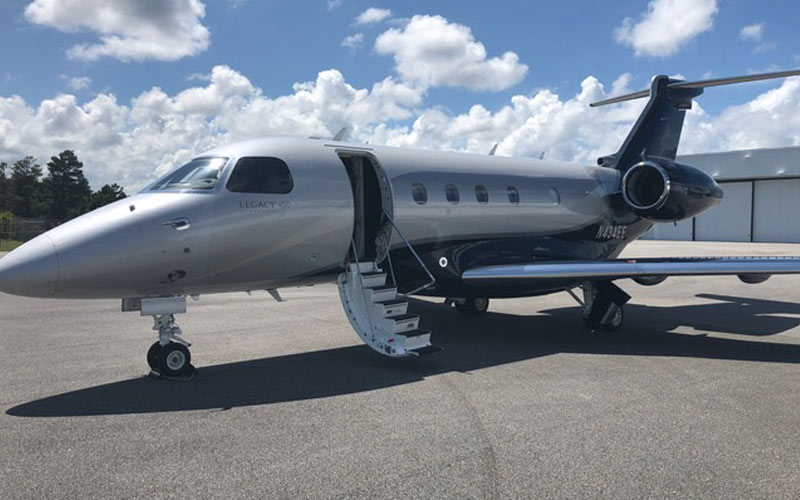

Dry Leasing – Best Practices
Dry leasing aircraft has become increasingly common since the onset of the pandemic, which saw a renewed interest in private flying. However, if you arrange your dry lease incorrectly, you could face FAA discipline and insurance ramifications. That’s why it’s important to understand dry leasing best practices.
Firstly, it’s important to remember the distinction between a dry lease and a wet lease. With a dry lease, the lessor only provides a furnished aircraft, unlike a wet lease, where the lessor also provides a crew. Wet leases require a commercial certificate from the FAA unless specifically authorized otherwise, whereas dry leases do not. If you do not have that certificate, it’s essential your lease remains dry, meaning the lessor cannot provide or even arrange pilots for you.
Secondly, while there’s technically no limit to the number of dry leases you can have, if there are too many lessees who don’t know each other and don’t know the owner, that will raise some red flags.
Lastly, from an insurance standpoint, dry leases will incur additional premium in most cases. The popularity of dry leases means more usage, resulting in more passengers and more pilots to insure, and ultimately, more risk involved. Be careful about including a profit margin in your hourly operation rate. There’s a fine line between dry leasing and chartering/renting, which have their own set of rules and regulations.
Always consult your insurance agent prior to entering into a lease. Your agent must know about the lease to extend you the appropriate coverage.
